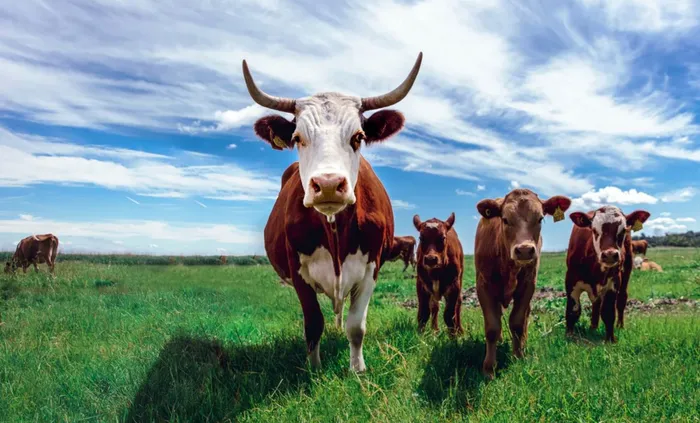Why are we obsessed with eating meat?

Picture: Jonas Koel/Unsplash
In a world of increasingly worrying climate change, a UN report says the greenhouse gas footprint of animal agriculture rivals that of all global land, sea and air transportation combined.
The negative effects of animal agriculture on our climate have been well documented. Deforestation, air pollution, water pollution and soil degradation can all be linked to animal agriculture, but when did it all begin?
According to researchers, the earliest hominin species, our ancestors, began eating meat around 2.5 million years ago.
They know this because archaeologists found fossilised animal bones that showed visible, deliberate break and cut marks consistent with what seemed like primitive butchering techniques using stones or sticks. Do we know why we started eating meat?
Read the latest Simply Green digital magazine below
Hominins, like modern-day primates, fed primarily on leaves, seeds, fruits and tubers with the occasional scavenging off an animal carcass. Then the Earth experienced a period of gradual warming around the same time.
This led to the thinning of lush green forests into what eventually became grasslands which limited the food sources our ancestors previously relied on.
The new grassland biome allowed the rapid population growth of large grazing herbivores such as mammoth, elephant, giraffe, wildebeest, horse and other various early antelope and buck species.
Herbivores are efficient at converting low-calorie vegetation into nutrient-dense body mass, meat. Our ancestors needed a new food source and so began actively seeking out carcasses and later hunting these animals.
But 2.5 million years later, our obsession with meat has long surpassed the need for survival. Having this nutrient-dense food source did prove crucial to the development of our brain but why do we still crave meat even though we have healthier and friendlier alternatives?
Marta Zaraska, author of Meathooked: The History and Science of Our 2.5-Million-Years Obsession with Meat says: “We crave meat today, in part, because our brains evolved on the African savannah and are still wired to seek out energy-dense sources of protein. It is similar to our penchant for sugar, a rare calorie-rich commodity to our foraging ancestors whose brains rewarded them for finding ripe fruit. The goals of life for our ancestors were very different than ours, their goal was to survive to the next day.”
The Organisation for Economic Co-operation and Development (OECD) Environmental Outlook 2030 reported that global meat consumption in 2018 reached 346.14 million tons and is set to hit 453 million tons by 2030 if current trends do not change.
People in the West are the biggest meat consumers with the United States taking the top spot, eating an average of 124 kg a person annually.
The World Economic Forum reported in February 2019 that globally, we slaughter an estimated 22.5 billion farm animals and produce 150 million tons of seafood annually. Animal agricultural practices currently wreak havoc on the climate and sensitive natural ecosystems.
The United Nations Environment Programme reported that the greenhouse gas footprint of animal agriculture rivals that of all global land, sea and air transportation combined.
Besides the direct contribution of greenhouse gasses to the atmosphere, there are numerous other negative impacts this industry is responsible for. The Guardian reported in October 2017 that 60% of global biodiversity loss can be linked either directly or indirectly to animal agriculture.
“The world is consuming more animal protein than it needs, and this is having a devastating effect on wildlife,” said Duncan Williamson, WWF food policy manager.
Meat is also an incredibly inefficient method of producing calories. For example, grain-fed beef has to consume approximately 3.5kg of grain to produce 500g of live-weight beef.
According to the Meat Eaters Guide to Climate Change, chicken and turkey would be the most climate-friendly meat to consume as they do not produce methane, use the least resources and are the most efficient at converting grain feed into protein.
If you are keen on reducing your environmental impact but love meat, try as much as possible to consume chicken or turkey in place of red meats. Climate change is happening now, and it is not waiting for anyone.
Related Topics: